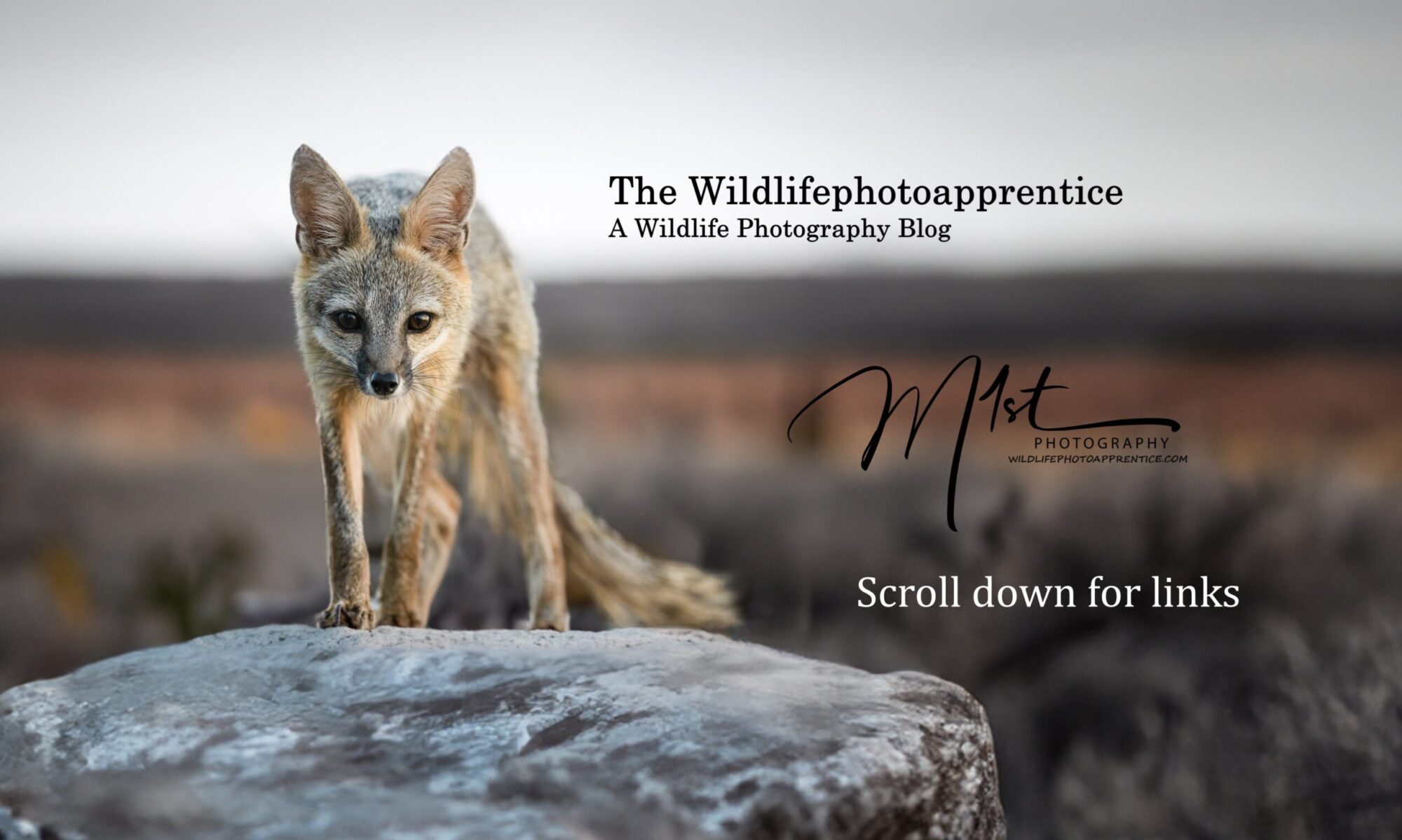The quote “We look but seldom see” is commonly attributed to English poet and philosopher William Hazlitt. Hazlitt was a prominent literary figure of the 19th century, known for his essays, criticism, and reflections on various subjects, including art and human perception. In the context of Hazlitt’s philosophy, particularly his ideas on perception, it is essential to consider his notions about the senses and cognition. Hazlitt categorized the senses, including sight, as mechanisms through which humans gain knowledge about the external world. However, the mere act of seeing, in Hazlitt’s view, might not necessarily lead to genuine understanding or knowledge. In a broader sense, this concept aligns with the notion of mindfulness, where individuals are encouraged to be present and fully engaged with their surroundings. It implies that the richness of our experiences lies not just in the act of looking but in the active and mindful process of truly seeing and understanding the world around us.
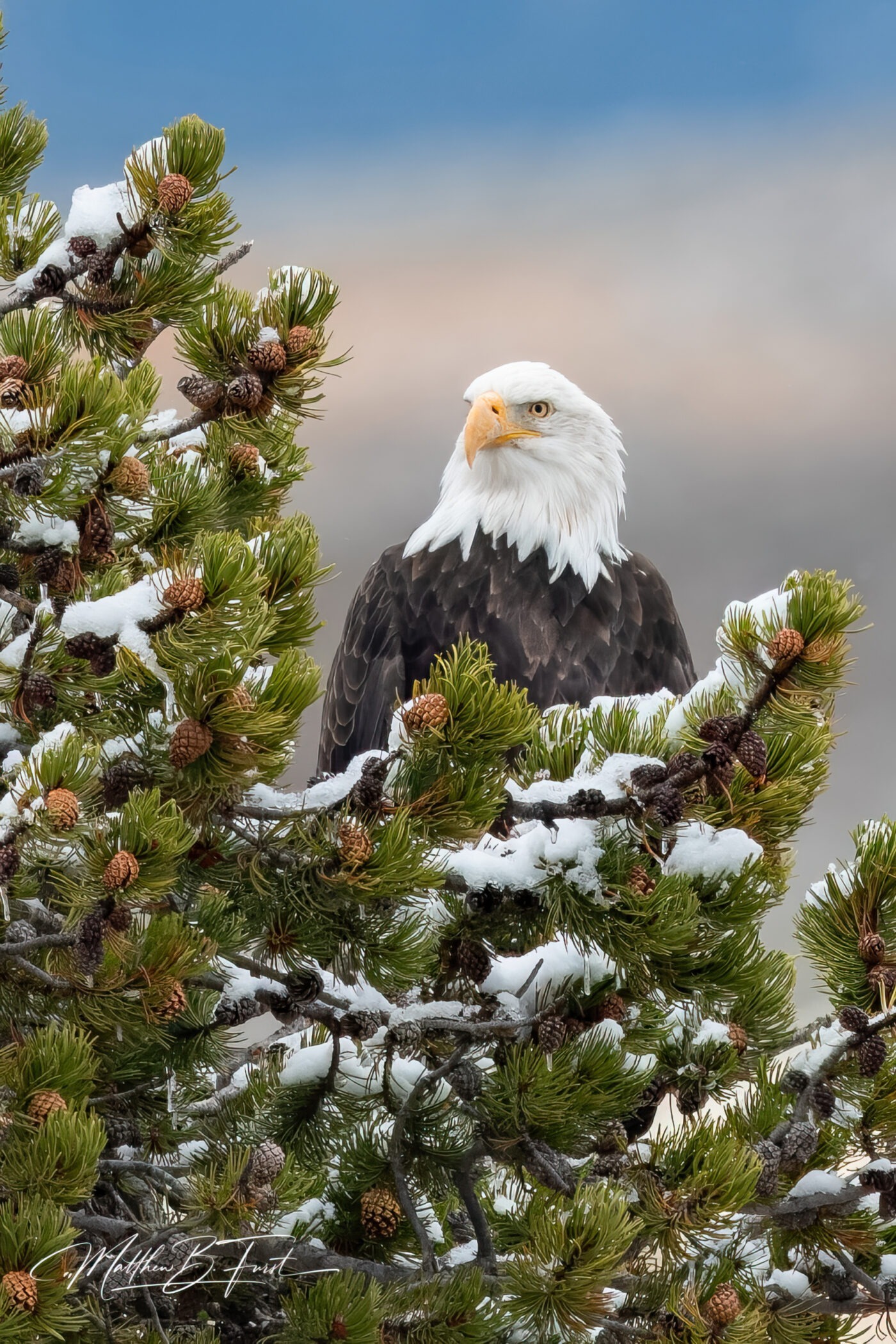
In the realm of photography, capturing the essence of wildlife requires more than just technical skill and a high-quality camera; it demands a profound connection between the photographer and the subject. The art of seeing in wildlife photography goes beyond merely looking; it involves understanding, appreciating, and empathizing with the intricate tapestry of the natural world. This blog explores the nuances of this art, delving into the aspects of observation, patience, and the unique ability to interpret the language of the wild.
At the core of wildlife photography lies the art of observation. To capture the fleeting moments of animal behavior or the subtle interplay of light and shadow in the wilderness, a photographer must be attuned to the surroundings. This involves not just looking but truly seeing – comprehending the rhythm of nature, understanding animal habits, and recognizing the nuances of their expressions.
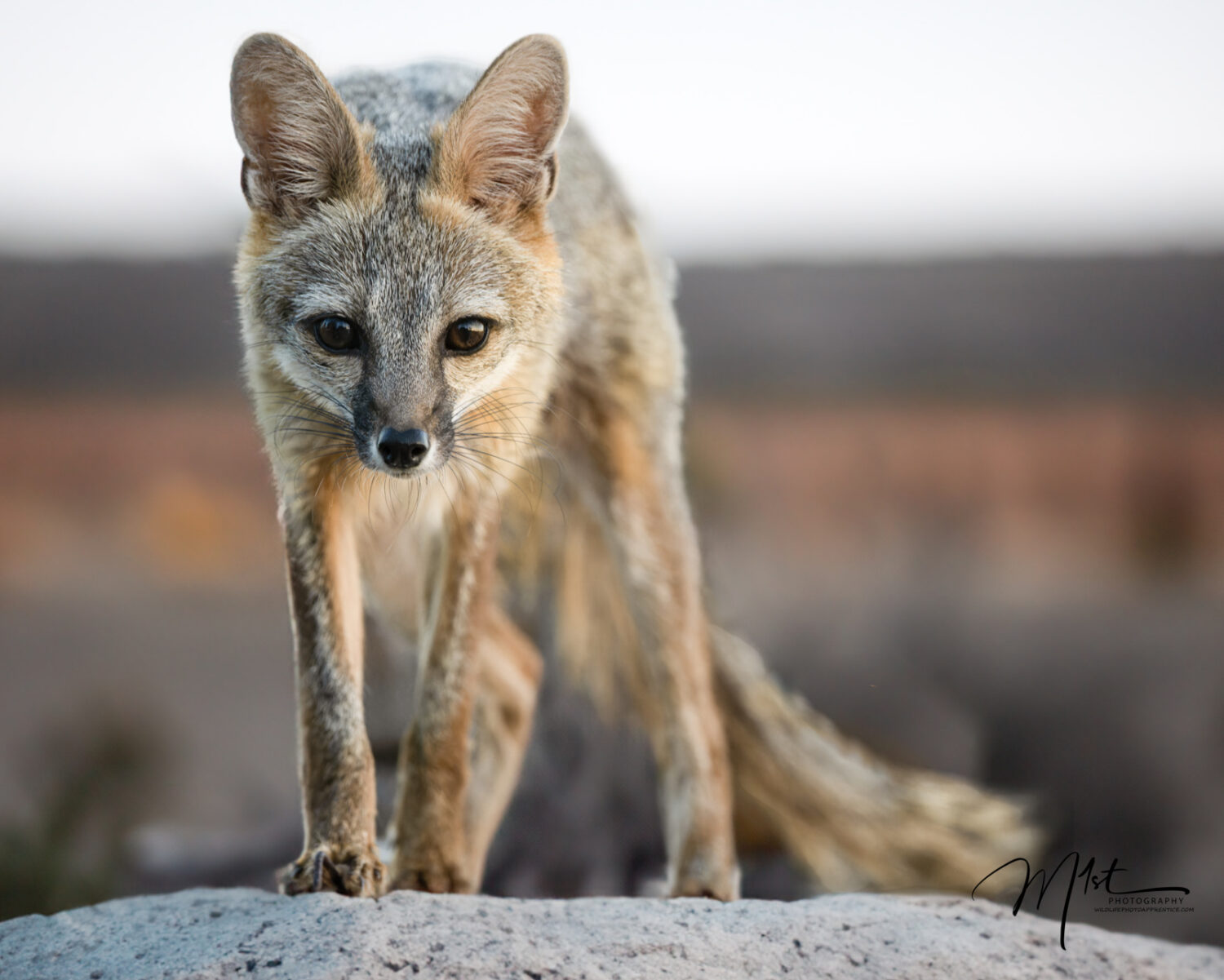
Wildlife photographers often spend hours, if not days, in the field waiting for the perfect shot. This patience is not just about enduring discomfort; it’s about keen observation. The ability to notice the subtle change in an animal’s posture, the flicker of an ear, or the glint in its eye can make the difference between a good photograph and an extraordinary one. The art of seeing, in this context, is about becoming a part of the environment, blending into the natural rhythm, and becoming one with the subjects.
Wildlife has its own language, a complex and nuanced communication system that extends beyond vocalizations. The art of seeing in wildlife photography involves deciphering this language – understanding the body language, interpreting social dynamics, and recognizing the signs of impending behavior. An experienced wildlife photographer becomes a naturalist of sorts, attuned to the subtle clues that hint at a story waiting to unfold.
Take, for instance, a lioness stalking her prey on the African savannah. The art of seeing here involves recognizing the tension in her muscles, the focused gaze, and the stealthy movements. It’s about understanding the story of survival and the intricacies of the predator-prey relationship. Similarly, in the world of birds, the art lies in deciphering the courtship rituals, recognizing territorial displays, and capturing the intimate moments that define their lives.
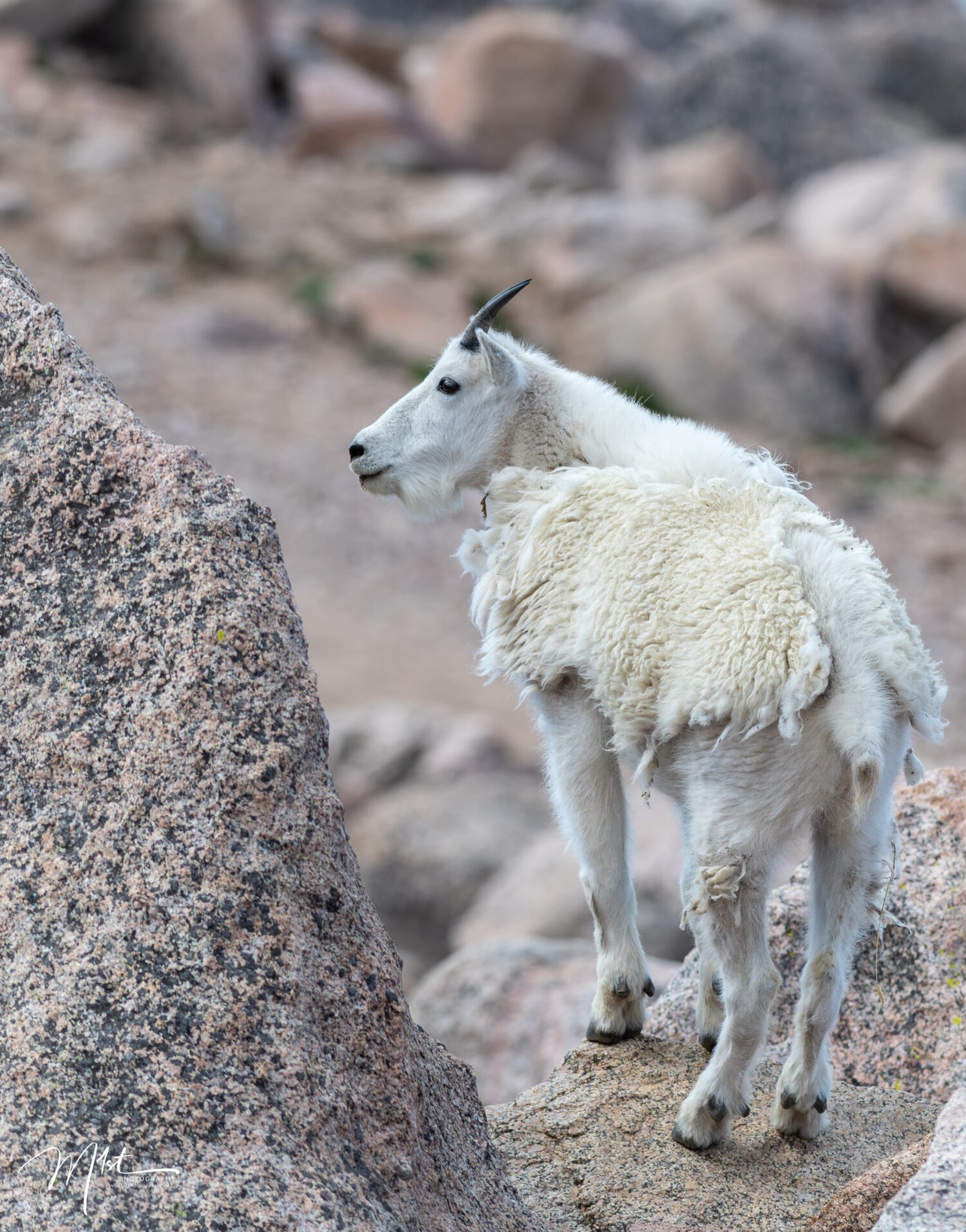
Beyond observation and understanding, the art of seeing in wildlife photography encompasses a mastery of lighting and composition. Light is the painter’s brush in the canvas of wildlife photography, and the ability to harness its nuances is crucial. Wildlife photographers often rise with the sun and wait for the golden hour, that magical period when the first and last light of the day bathes the landscape in a warm, ethereal glow. The play of light and shadows can transform an ordinary scene into a breathtaking tableau.
Composition, too, is an integral part of the art of seeing. It involves framing the subject in a way that not only captures its essence but also tells a compelling story. The rule of thirds, leading lines, and framing techniques are not just guidelines; they are tools that aid in creating visually impactful narratives. A well-composed wildlife photograph is not merely a record of an animal’s existence; it is a visual poem that speaks to the viewer on an emotional level.
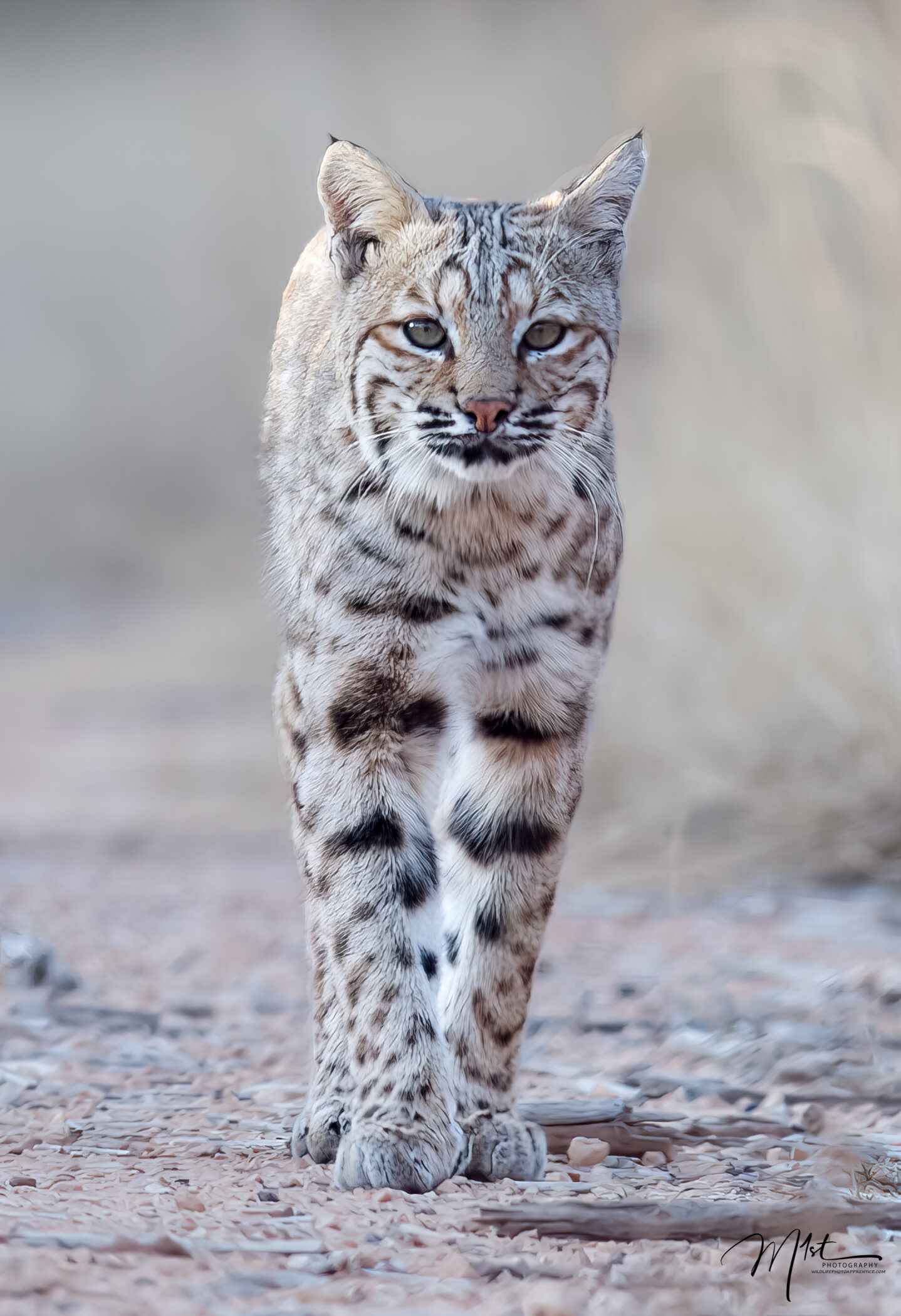
The art of seeing extends beyond technicalities; it involves empathy and a deep respect for the subjects. Wildlife photography is not just about taking pictures; it is about telling stories and advocating for the conservation of our planet’s biodiversity. The art lies in portraying the beauty and vulnerability of the natural world, fostering a connection between the viewer and the subjects.
A responsible wildlife photographer understands the ethical considerations of the craft. Disturbing the natural behavior of animals for the sake of a photograph is not only unethical but can also have detrimental effects on the species and their habitats. The art of seeing, in this context, involves respecting the boundaries of wildlife, maintaining a safe distance, and employing techniques that minimize disturbance.
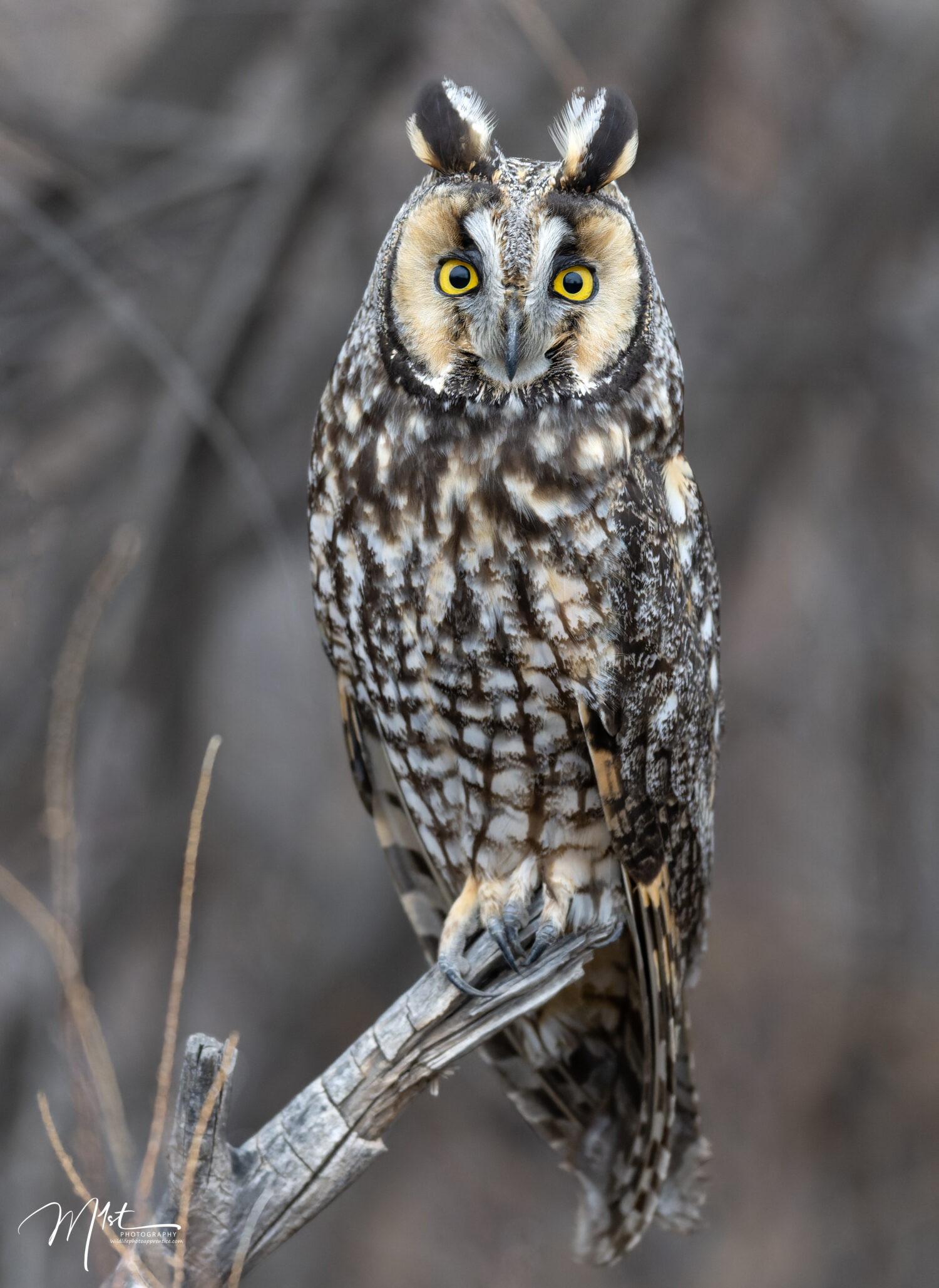
Improving the ability to not only look but also truly see is a fundamental skill for any wildlife photographer. Here are ten ways you can enhance this capacity.
- Educate Yourself: Learn about the behavior of the wildlife you intend to photograph. Understand their habits, mating rituals, feeding patterns, and social interactions. This knowledge will help you anticipate actions and capture more meaningful moments.
- Embrace Stillness: Wildlife photography often requires waiting for the perfect moment. Cultivate patience and embrace the stillness of the environment. Avoid rushing and allow the scenes to unfold naturally.
- Observe Without Disturbing: Make an effort to blend into the surroundings. Observe animals from a distance that doesn’t disturb their natural behavior. The more you become a part of their environment, the more authentic and undisturbed your photographs will be.
- Heighten Awareness: Train yourself to be fully present in the moment. Engage all your senses – not just sight but also sound and smell. This heightened awareness will help you notice subtle details that can make a significant difference in your photographs.
- Study Natural Light: Mastering the art of seeing involves understanding how light interacts with your subjects. Pay attention to the quality and direction of natural light, especially during the golden hours at sunrise and sunset. This awareness can transform your images.
- Change Your Viewpoint: Don’t settle for the first angle. Experiment with different perspectives and compositions. Sometimes, a change in angle can reveal unique aspects of your subject and provide a fresh perspective.
- Look Beyond the Subject: Instead of focusing solely on the wildlife, consider the broader context. What’s happening in the background? Is there a story unfolding? Capturing the essence of a moment involves seeing not just the subject but the entire narrative.
- Trust Your Intuition: As you spend more time in the field, trust your instincts. If something feels right or if you sense an interesting development, be ready to act. Intuition, combined with knowledge, can lead to powerful and spontaneous captures.
- Practice Mindfulness: Engage in mindful photography by being fully present in each moment. Clear your mind of distractions, focus on your breath, and let go of preconceived notions. This mindfulness will enable you to see more deeply.
- Stay Curious: Never stop learning about wildlife, photography techniques, and the art of seeing. Attend workshops, read books, and engage with the photography community to continuously enhance your skills and understanding.
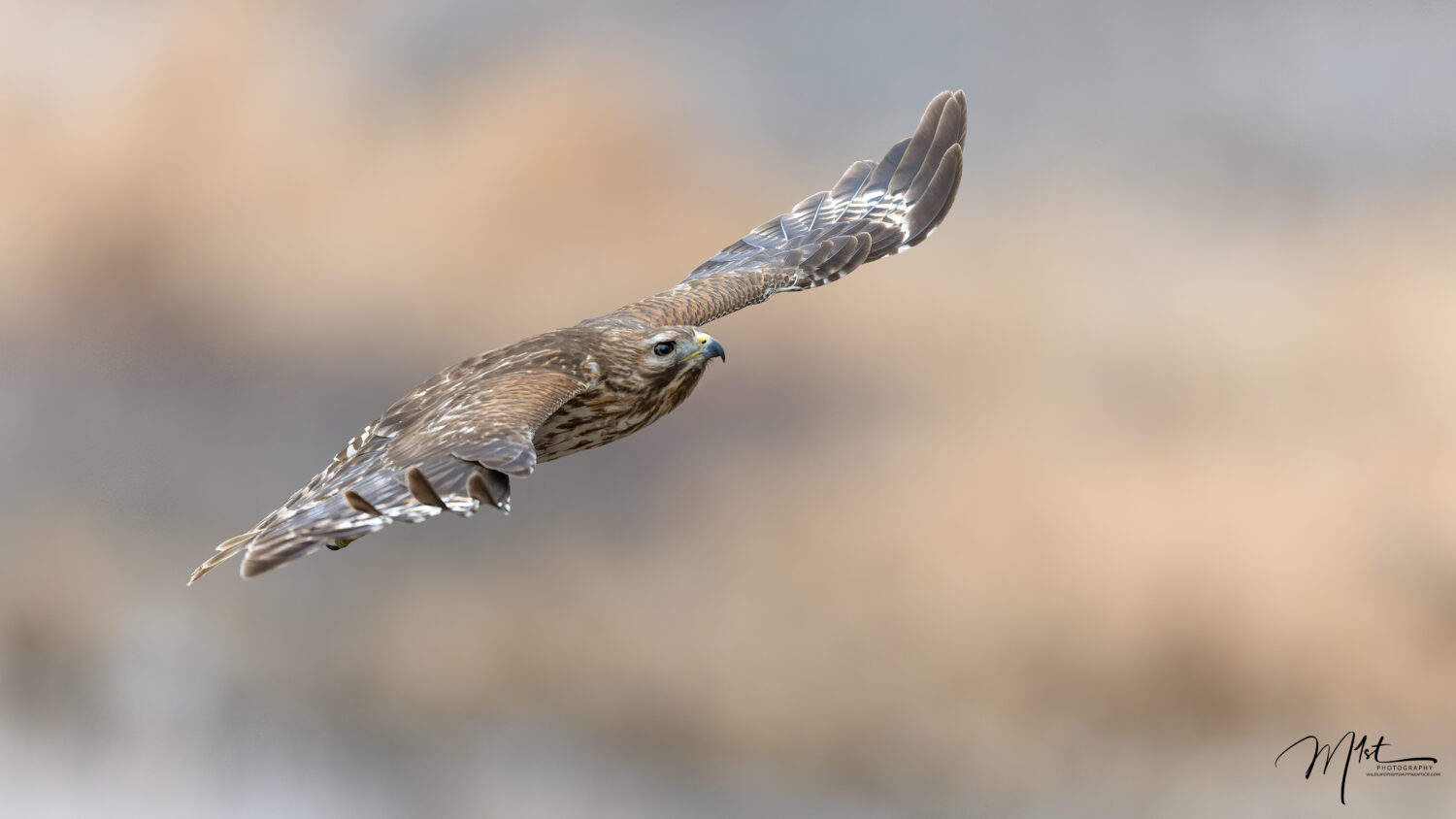
In the intricate dance between the photographer and the wild, the art of seeing emerges as a harmonious symphony. It is the ability to observe, understand, and appreciate the myriad expressions of life in its purest form. Beyond technical expertise, wildlife photography demands a connection, a communion with nature that transcends the boundaries between the observer and the observed.
As photographers venture into the wilderness armed with cameras and lenses, they carry with them the responsibility to be stewards of the natural world. The art of seeing is not just a skill to be honed; it is a philosophy, a way of life that celebrates the beauty of our planet’s biodiversity. In the lens of a wildlife photographer, every frame is a testament to the delicate balance of life, an invitation to see, and a plea to preserve the wonders that grace our Earth.
